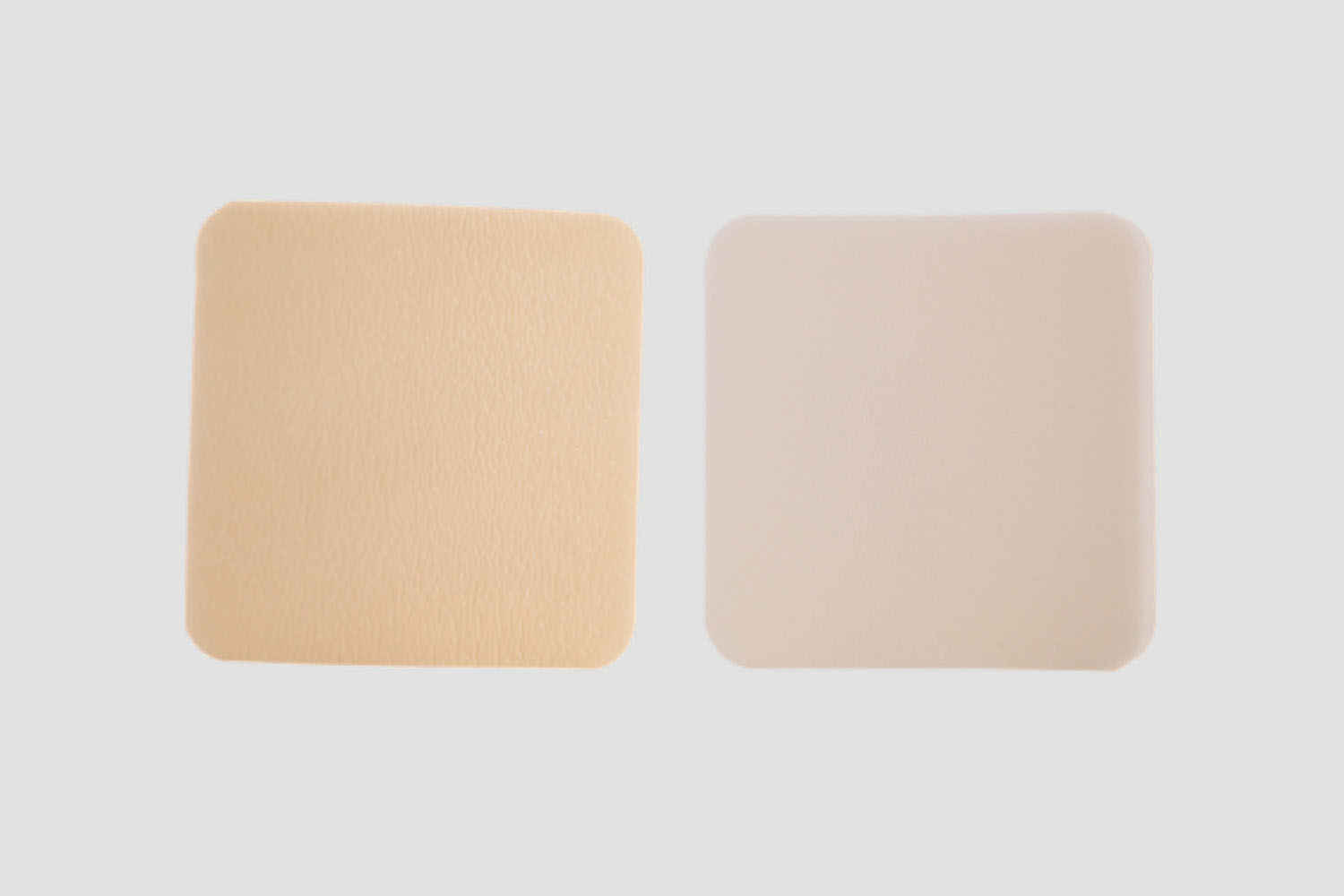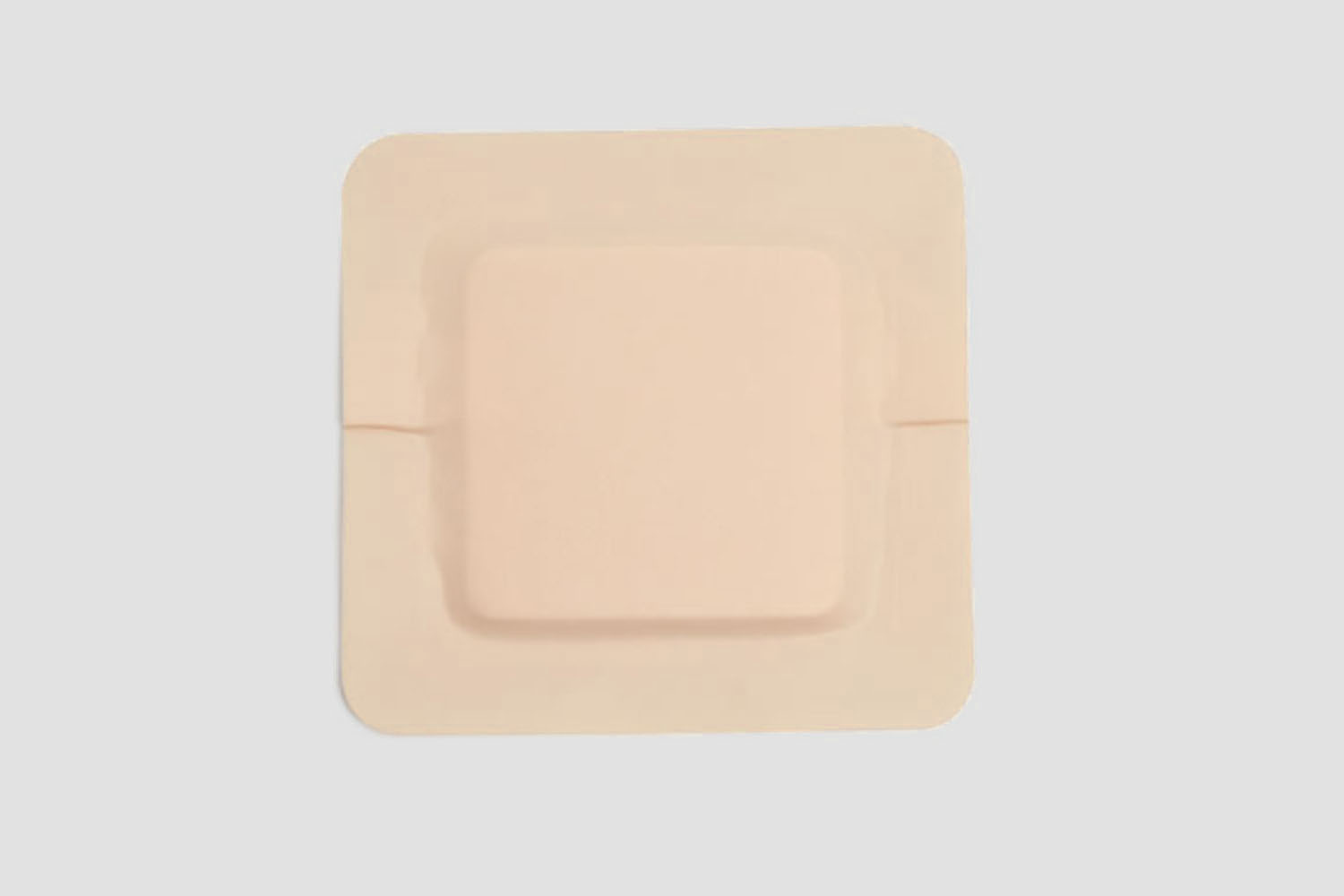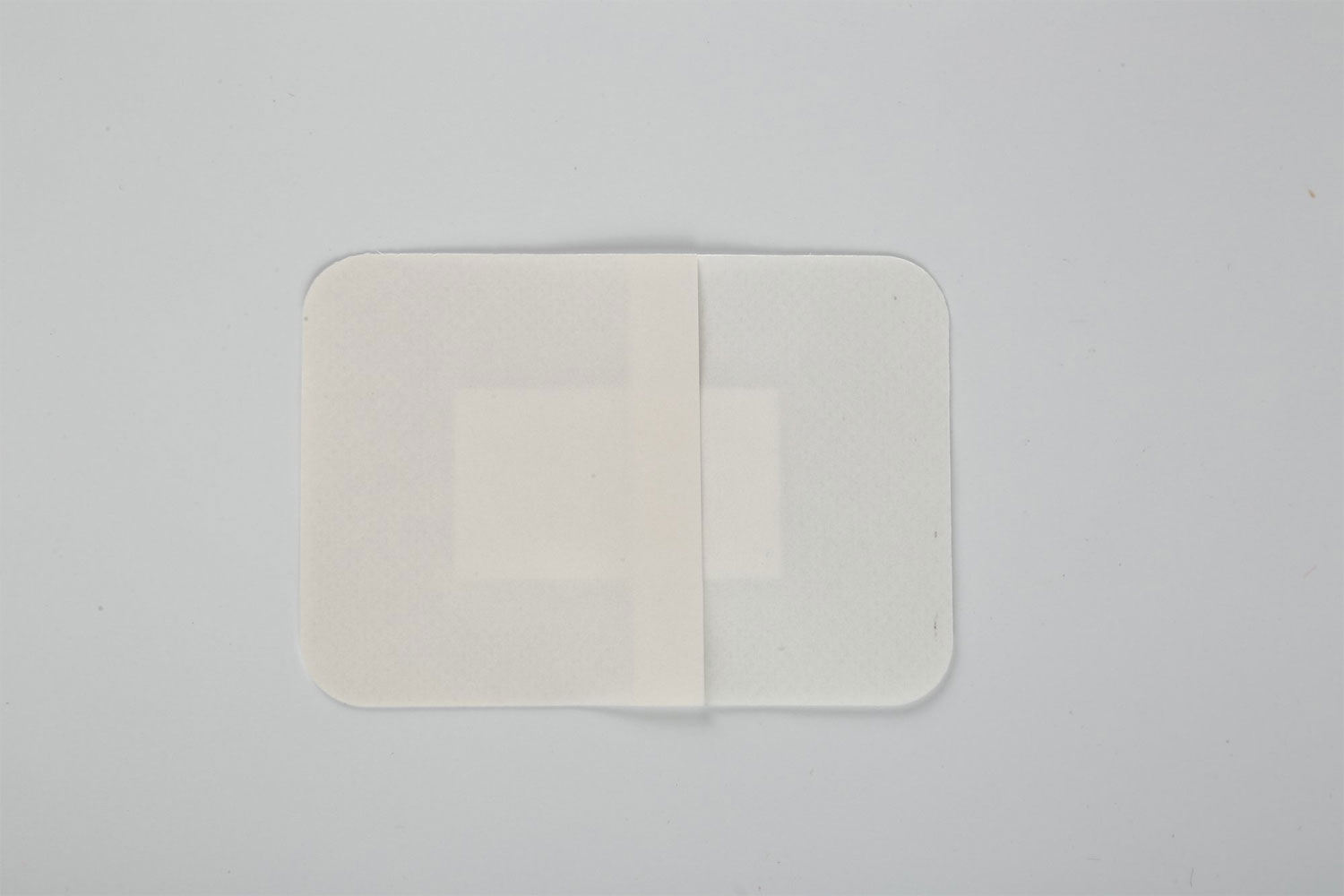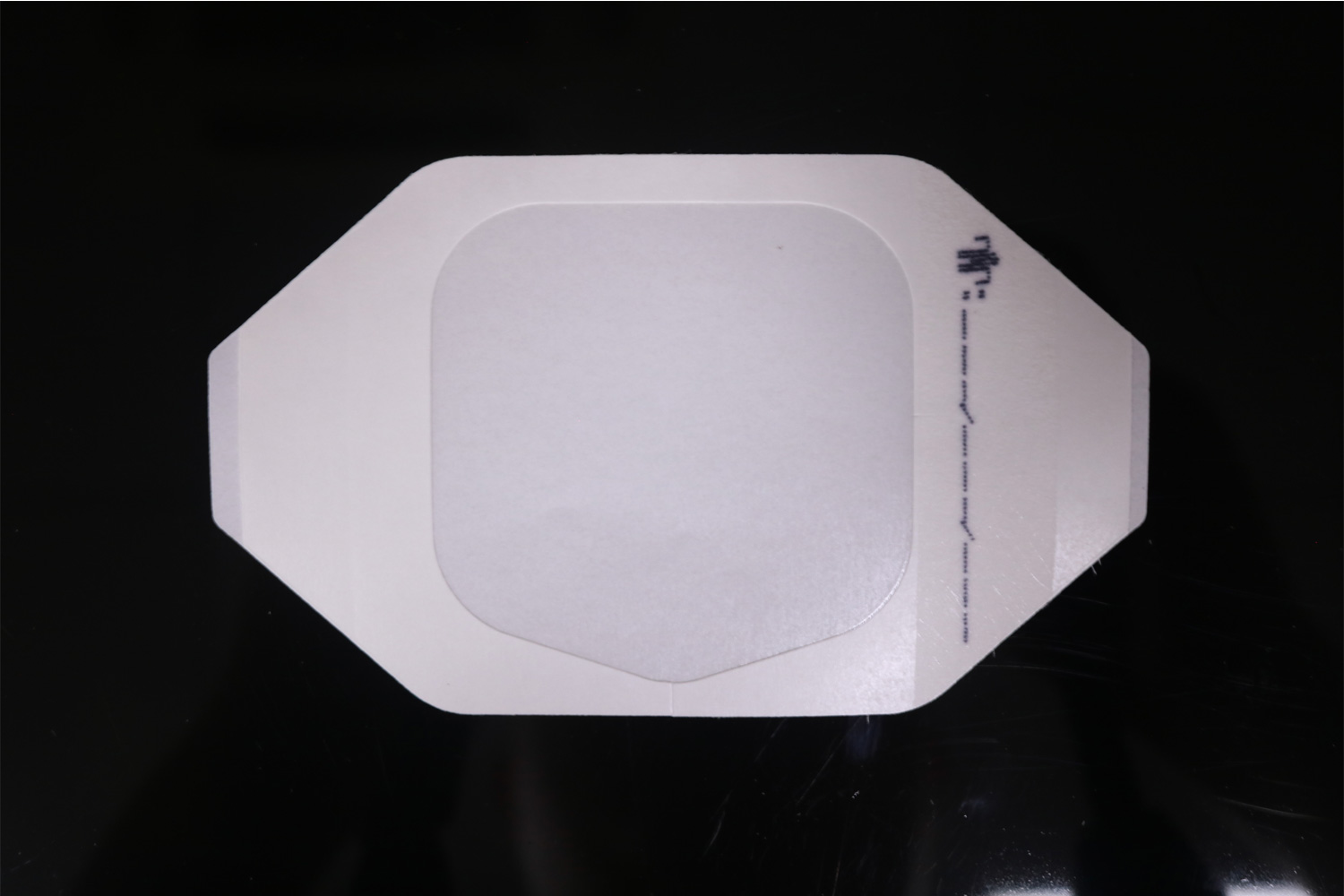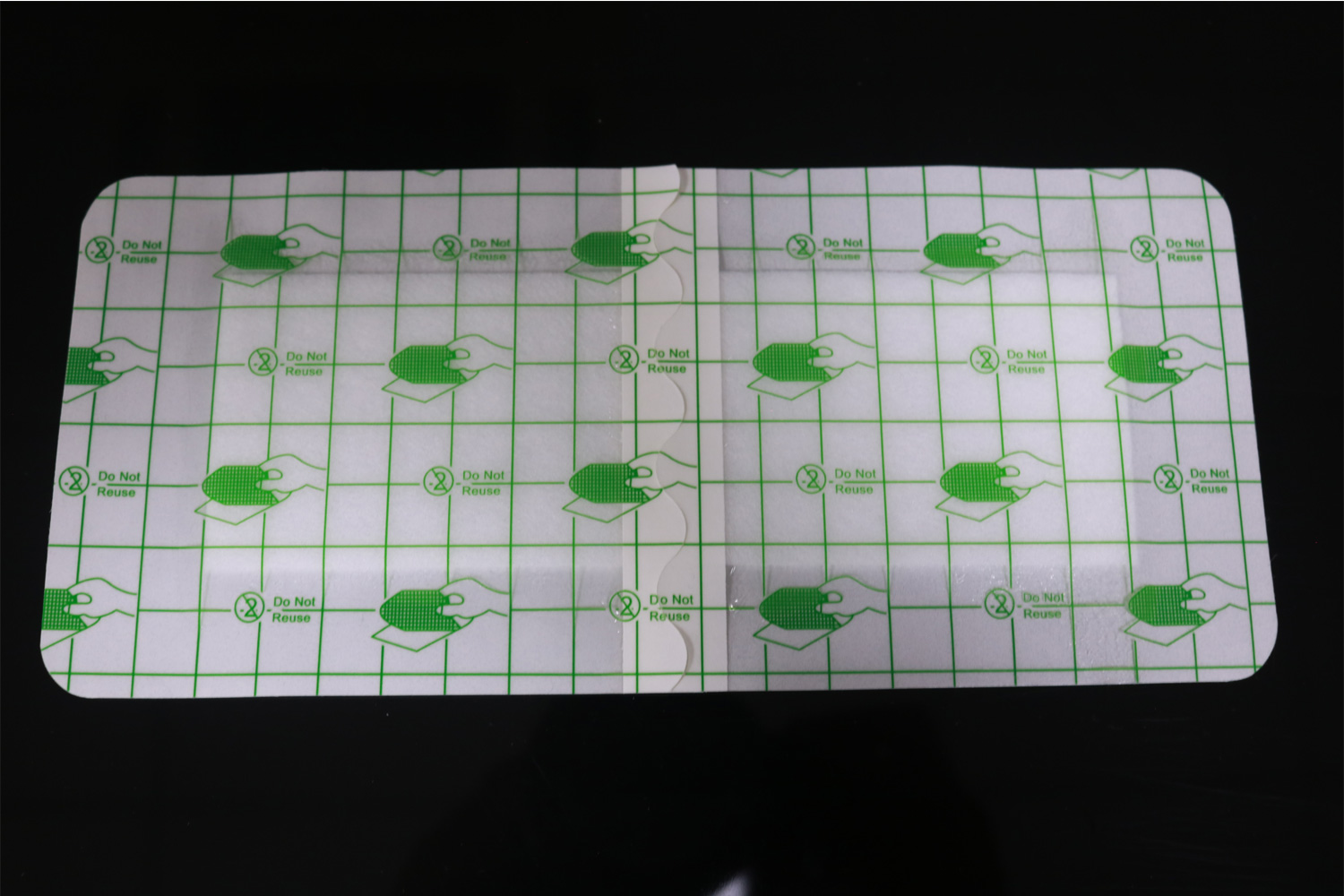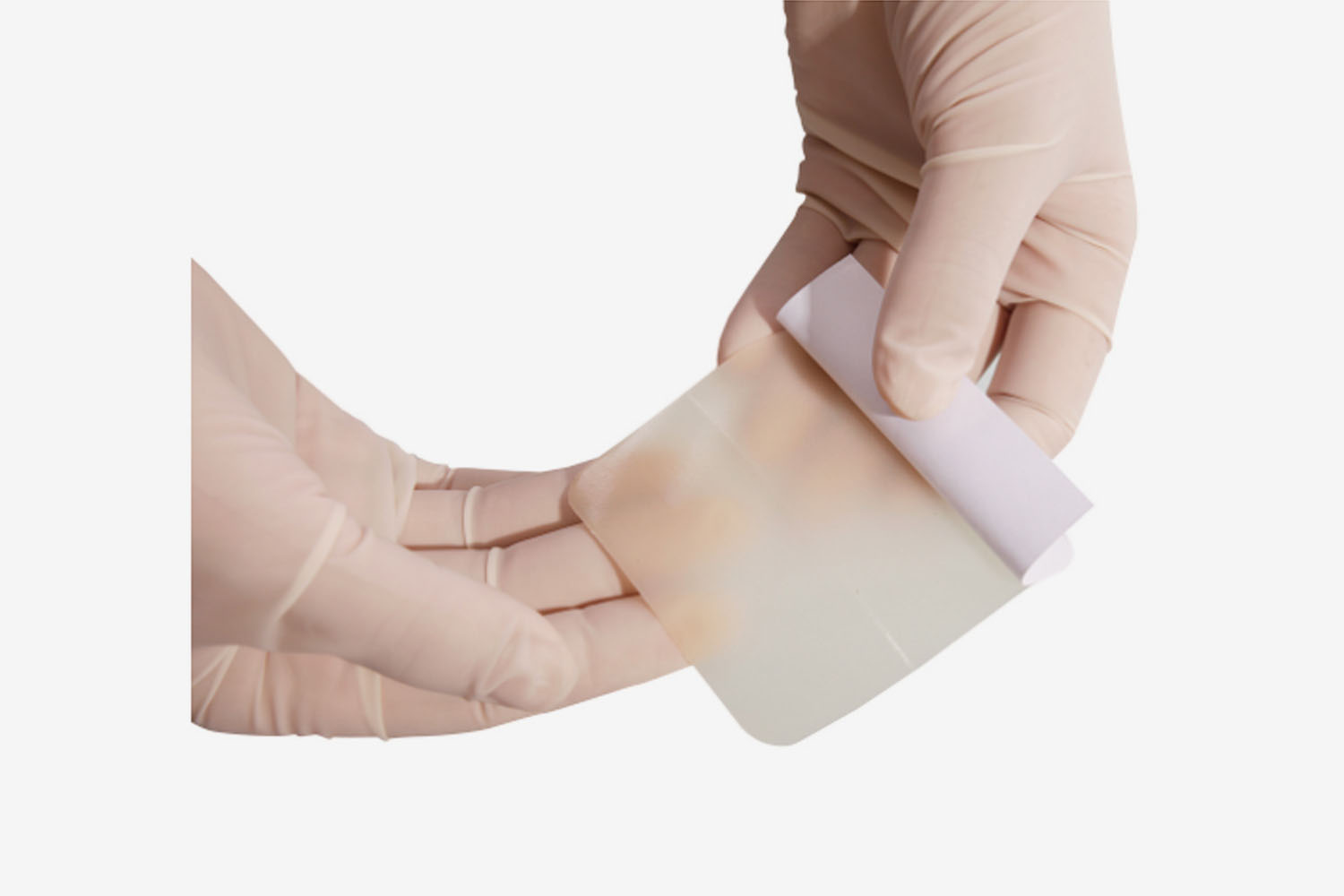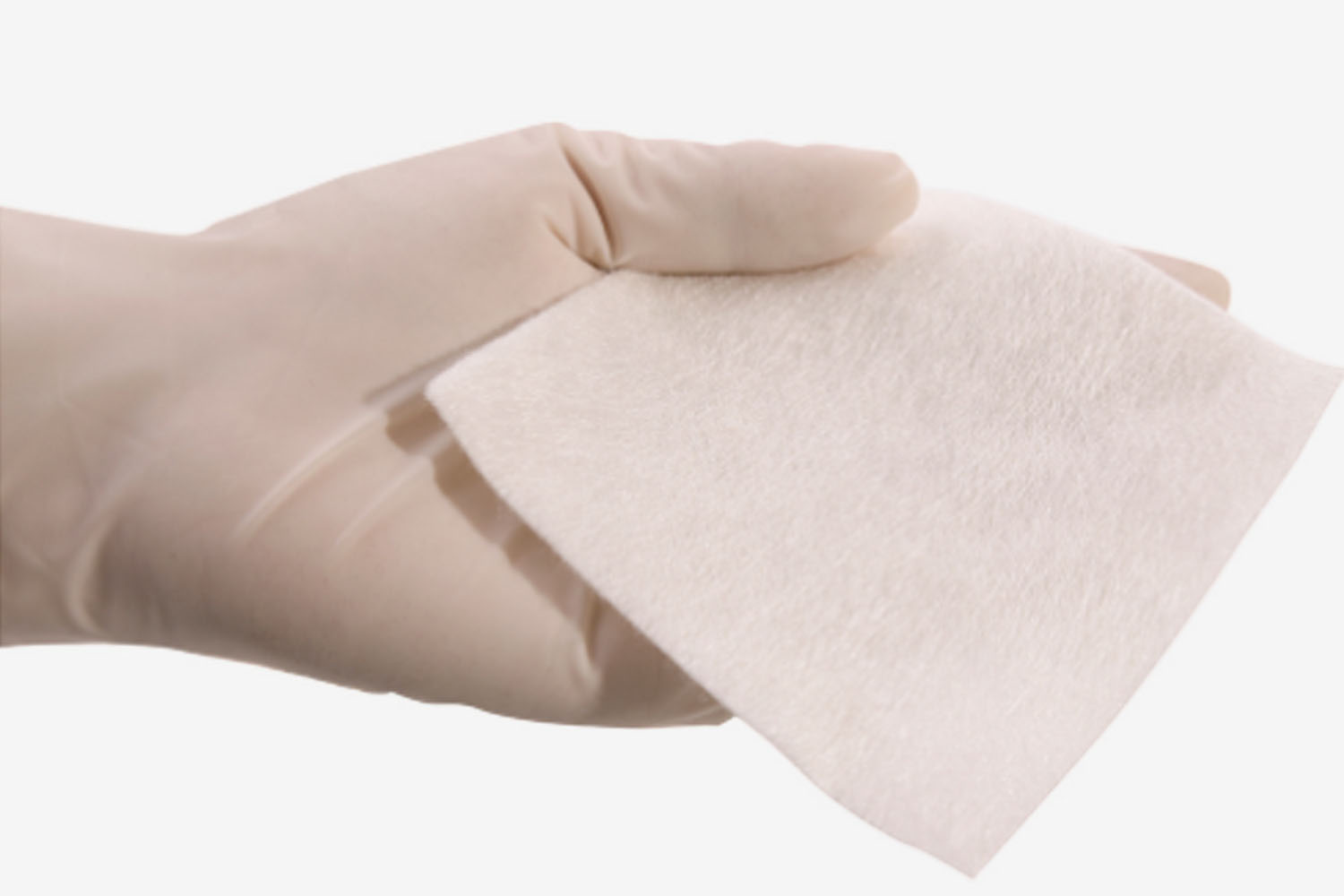Instructions for using Foam Wound Dressing
Foam wound dressings are commonly used to manage moderate to heavily exuding wounds. They are designed to absorb exudate, provide a moist healing environment, and protect the wound from infection and further injury.
Below are general instructions on how to use a foam wound dressing:
1. Gather Supplies
- Foam wound dressing (size and shape according to the wound)
- Gloves
- Sterile saline or wound cleanser (if necessary)
- Scissors (if the dressing needs to be cut to size)
- Adhesive tape or secondary dressing (if required)
- Sterile gauze pads (optional, depending on the wound)
2. Prepare the Wound
Wash your hands thoroughly with soap and water.
Put on clean gloves to prevent contamination of the wound.
Clean the wound: If necessary, clean the wound with sterile saline or a wound cleanser to remove any debris or excess exudate.
Pat the area dry with a sterile gauze pad if needed, making sure the wound is not too wet or too dry.
3. Cut the Foam Dressing (If Necessary)
If the foam dressing is larger than the wound, cut it to size using sterile scissors. It should cover the entire wound area, with a small margin of healthy skin around it to ensure proper sealing.
4. Apply the Foam Dressing
Place the foam dressing directly on the wound, ensuring the foam side is in contact with the wound bed.
Make sure the dressing is placed gently without causing further injury to the wound.
The foam should be positioned to absorb exudate from the wound and prevent any leakage.
5. Seal the Dressing (If Needed)
If the foam dressing is not adhesive, you may need to use adhesive tape or a secondary dressing to keep the foam in place. Secure the edges carefully to ensure the dressing stays in place and is not too tight, which could impede circulation.
6. Check for Comfort and Proper Fit
Ensure the dressing is comfortably positioned and does not cause any pressure points. It should be snug enough to stay in place but not so tight as to cause discomfort or compromise circulation.
7. Change the Dressing (as recommended)
Foam dressings typically need to be changed every 1-3 days, depending on the level of exudate, the type of wound, and the healthcare provider's recommendation.
When changing, gently remove the dressing, taking care not to disturb or harm the wound. Clean the wound again before applying a new dressing.
8. Dispose of Used Dressing Properly
Once the dressing is removed, dispose of it according to local waste disposal guidelines (usually in a biohazard bag for contaminated dressings).
Wash your hands thoroughly after removing the old dressing and before applying a new one.
9. Monitor the Wound
Regularly assess the wound for any signs of infection (e.g., increased redness, swelling, warmth, or discharge).
If there are signs of infection or the wound does not seem to be healing, consult a healthcare provider for further instructions.
Important Tips:
Ensure the foam dressing is properly fitted and covers the entire wound area.
If the dressing becomes saturated with exudate, replace it more frequently.
Avoid touching the dressing or the wound area with bare hands to reduce the risk of infection.
These instructions may vary slightly based on the specific foam dressing product, so always follow the manufacturer’s guidelines and consult a healthcare professional for personalized advice.



